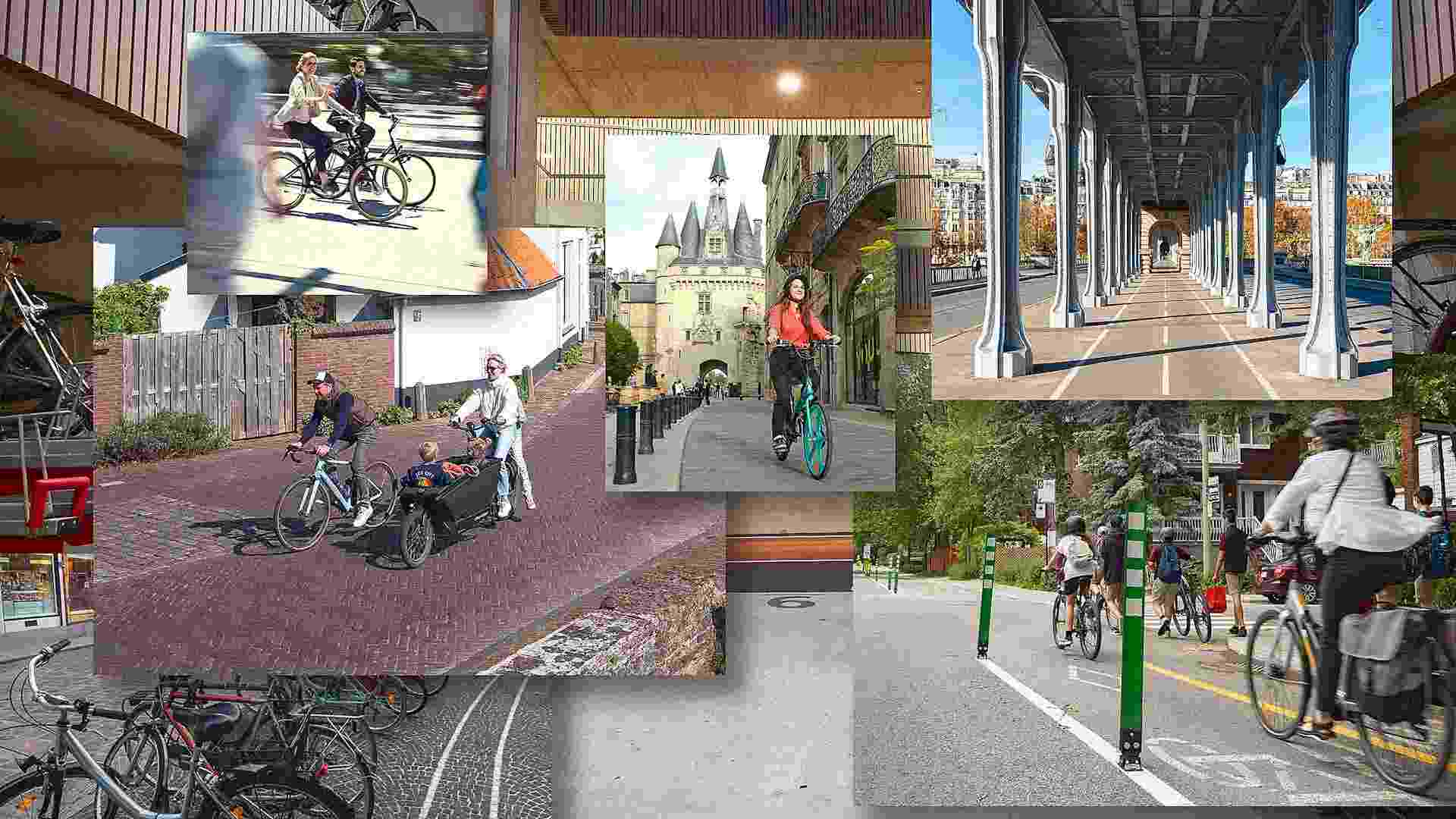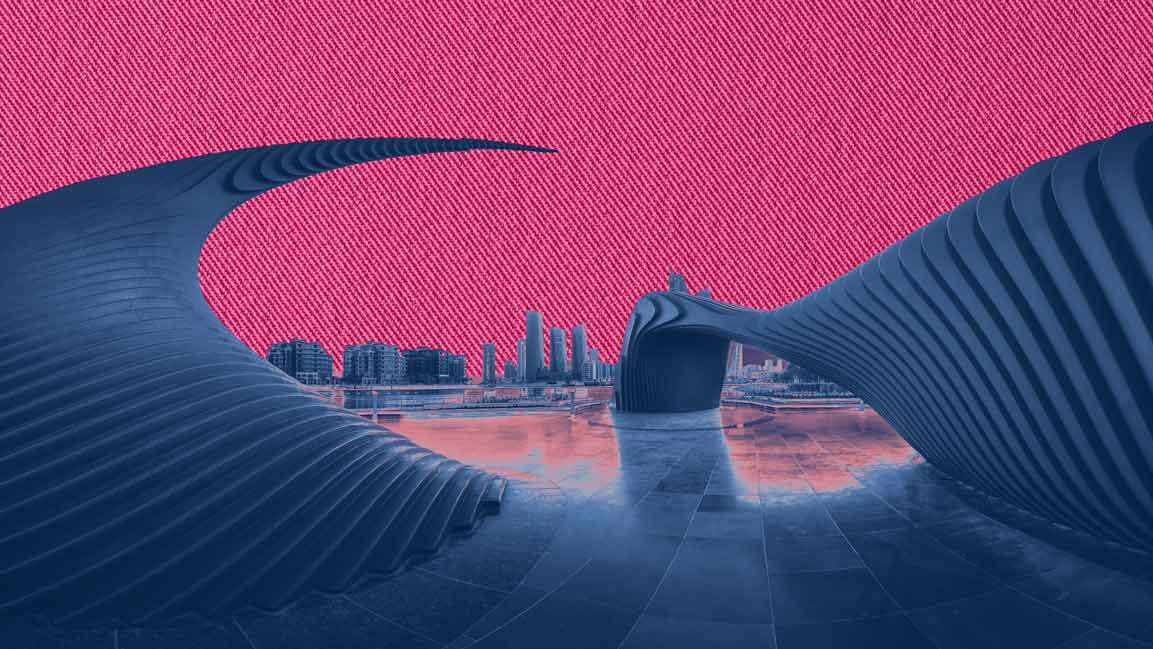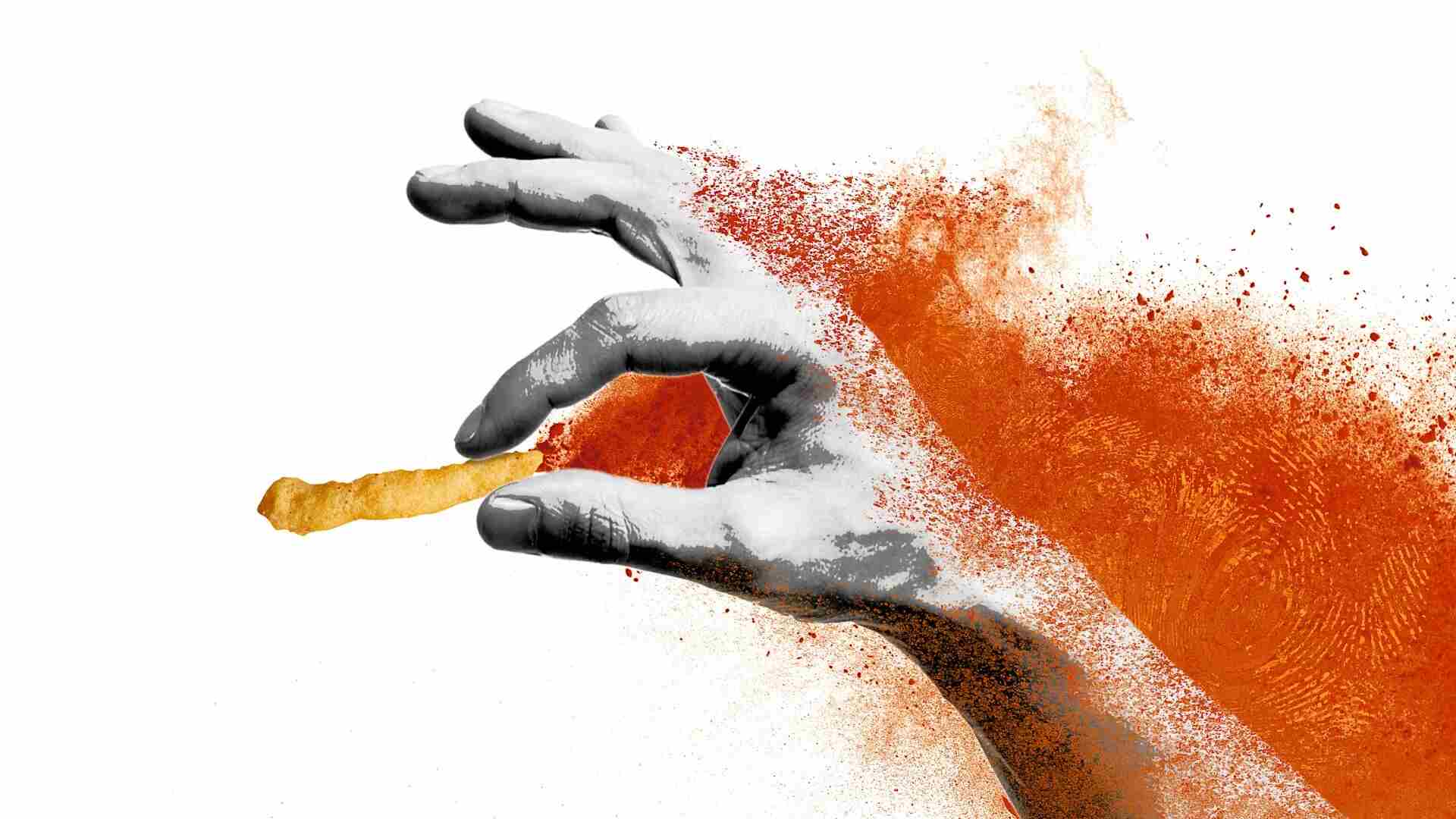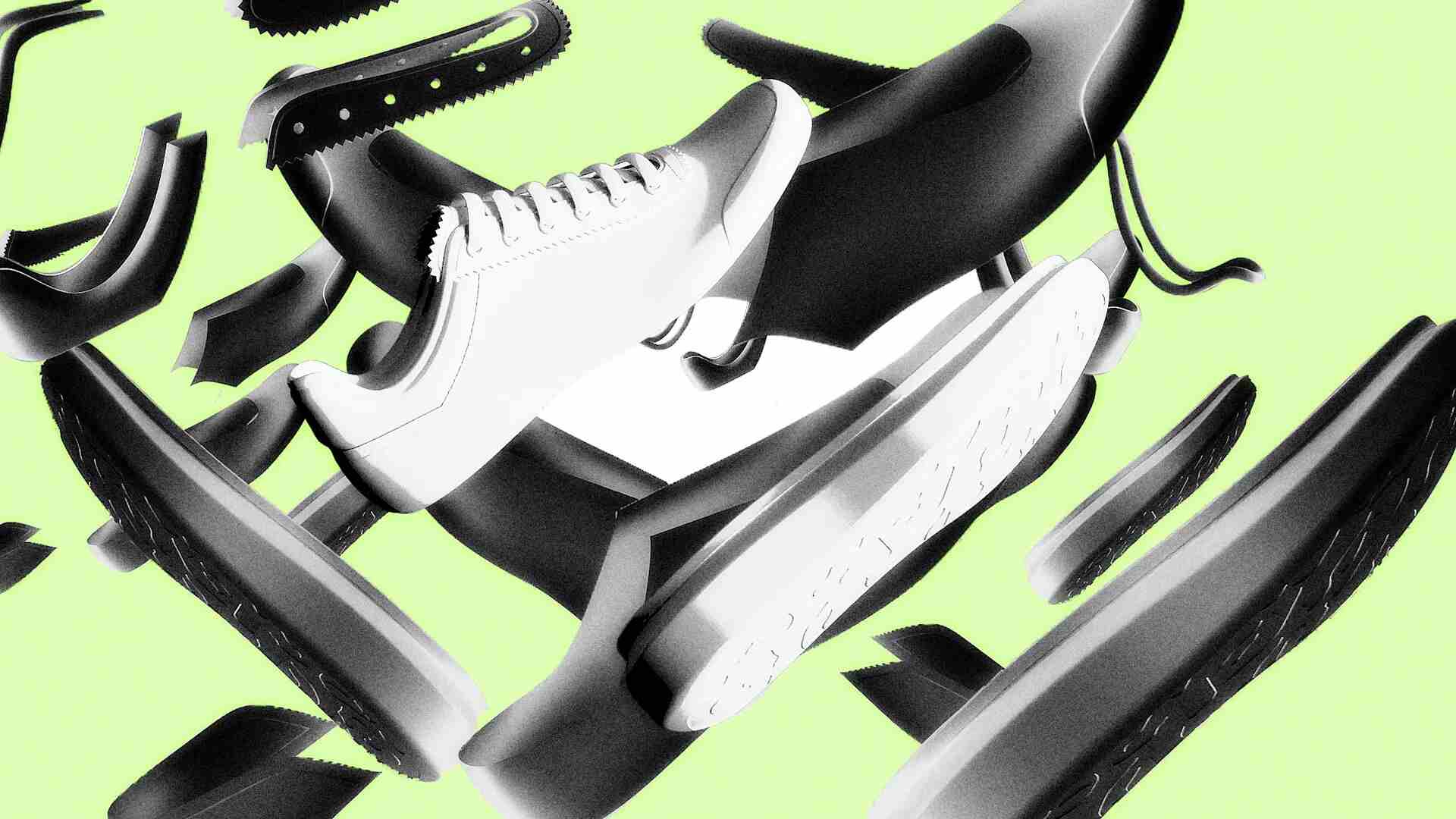- | 9:00 am
In the Middle East, timeless design is no longer exclusive. It’s innovative too
Inclusivity, sustainability, and innovation govern and challenge the traditional luxury design space in 2025.
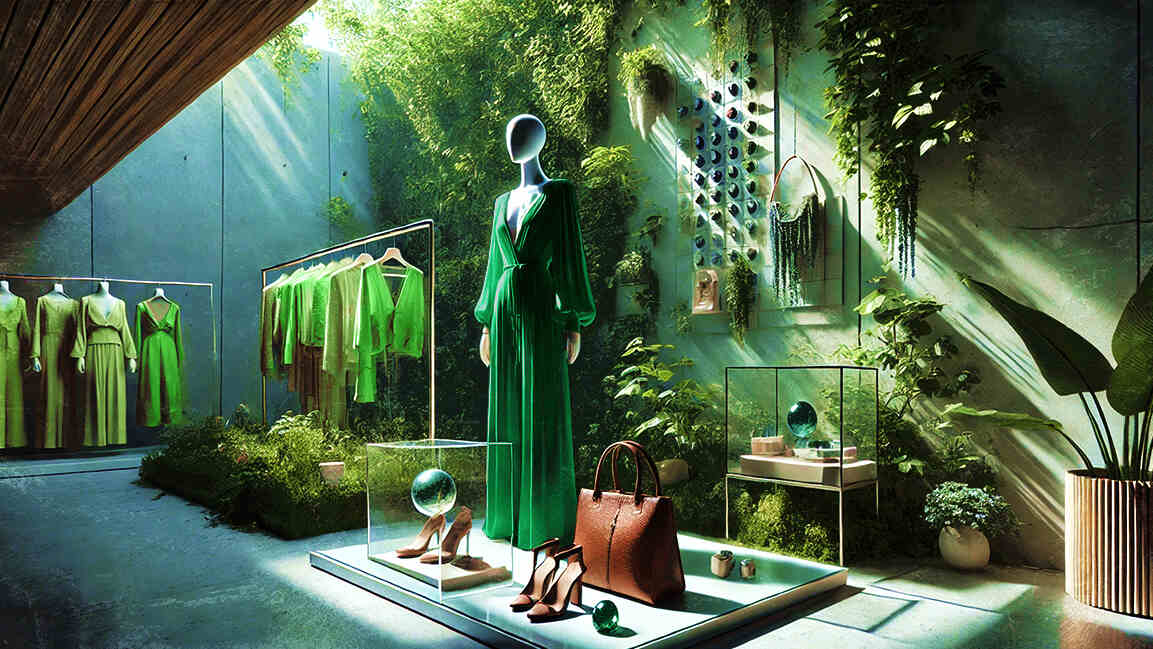
Historically, the concept of luxury evoked a sense of unattainable opulence. Originally, possessed by royals and nobles who boasted a deep understanding of these bespoke designs.
In the 21st century, this definition of luxury no longer prevails. In fact, it often represents an archaic notion of exclusivity that fails to integrate the waves of innovation rampant in our societies today.
The modern luxury market in the Middle East is in constant flux, as modern consumers increasingly seek more than apparent luxury. For today’s discerning buyers, products and experiences cannot afford to be merely exquisite but must also be thoughtful, sustainable, and deeply personal.
In this new age of luxury, sustainability, innovation, and authenticity have become cornerstones of design.
THE PILLARS OF MODERN LUXURY
In 2025, the so-called luxury consumer is deeply invested in brands that reflect their personal values. Authenticity and social responsibility rank as important metrics when customers evaluate the quality of ‘timeless design.’
For Joe Doucet, Founder of Joe Doucet x Partners, this process begins with listening. “I take the time to understand what the brand truly stands for and how it connects with its audience”, Doucet shares. “From there, I look for ways to express those values through design.” His approach to design is rooted in authenticity—creating work that not only looks beautiful but also stands for something people care about and resonate with.
Abdulaziz AlHumaidhi, Principal at AlHumaidhi Architects’, approach to authenticity is similarly grounded in his firm’s commitment to local heritage. “At AlHumaidhi Architects, we don’t treat cultural context as a stylistic gesture,” he states. “Instead, we engage with it as a living framework—one that informs spatial hierarchy, privacy, ritual, and social interaction.”
His firm’s designs embody a quiet confidence where every material choice and architectural form carries weight. “Luxury, for us, is not a passing trend. It is rooted in permanence, continuity, and presence—a sense of restraint and implied austerity that doesn’t need to scream or shout,” AlHumaidhi explains. This respect for authenticity gives his work timeless appeal and reflects a deep cultural resonance.
Eng. Ahmad Jaber, CEO at Lacasa Living, echoes a similar philosophy regarding local culture. “We believe that true luxury is not just about opulence but also about a deep connection to place and culture,” Jaber says.
“Our projects draw inspiration from the rich heritage, artistry, and craftsmanship of the region, incorporating locally sourced materials, traditional motifs, and artisanal techniques to create spaces that resonate with authenticity.”
By collaborating closely with artisans and local designers, Lacasa Living creates spaces that tell a story—one that celebrates the artistry of local craftsmanship while infusing contemporary elegance. “This approach not only supports local craftsmanship but also ensures that every Lacasa Living property tells a story, blending cultural heritage with contemporary elegance,” Jaber adds.
SUSTAINABILITY AND INNOVATION: A NATURAL PARTNERSHIP
For Doucet, sustainability and innovation are inseparable. He believes that the future of luxury is rooted in how design can integrate environmental mindfulness with cutting-edge advancements. “For me, sustainability and innovation go hand in hand—they’re not separate goals,” Doucet explains. “I see innovation as a way to design smarter, with greater care for the planet. Whether using 100% recycled materials or developing energy-efficient solutions, I always try to bring forward-thinking ideas to life in a way that also reduces environmental impact.”
This approach is reshaping the luxury industry, where consumers demand more than just style—they expect the products they invest in to reflect their values.
Similarly, Jaber embraces technology as a way to elevate luxury while making it more personalized and sustainable. “At Lacasa Living, technology is seamlessly integrated to elevate the luxury experience—not as a standalone feature, but as an invisible enhancer of comfort, convenience, and sustainability,” Jaber shares.
One innovation that sets Lacasa Living apart is its proprietary Smart Sanctuary platform, which combines wellness technology—such as air purification synchronized with circadian rhythms, with discreet security features. This innovative approach demonstrates how technology enhances the luxury experience, making it more intuitive and personalized.
THE HOLISTIC LUXURY EXPERIENCE
Modern luxury is no longer about merely showcasing wealth; it’s about how products and experiences make people feel. There is a growing demand for a holistic approach to luxury, where the focus extends beyond visual appeal to encompass mental and physical well-being.
AlHumaidhi’s deep understanding of emotional resonance in his architectural projects stems from his fine arts background. “My fine arts education taught me to look beyond function and form—to consider atmosphere, rhythm, and emotion,” AlHumaidhi reflects. This helps me create spaces that aren’t just impressive but that feel. They carry emotional weight. They hold silence well.”
In line with the universal shift towards holistic luxury, biophilic design is emerging as an untapped design concept. “Biophilic design is no longer a trend; it’s a necessity for modern luxury,” Jaber explains. “Urban dwellers crave nature’s restorative benefits, and we’re pioneering ways to weave it into high-density living.”
Jaber envisions several iterations in the nascent exploration of biophilic designs, such as rooftop farms, AI-assisted indoor ecosystems, and terraces designed for stargazing. “We see biophilia evolving into hybrid spaces—blurring the line between urban and natural environments,” he says.
Jeroen van der Most, lead artist at Atelier Most, explores wellness and mindfulness in the luxury space through his unique showcases. “In my work, I explore new integrations of the luxurious and extravagant with modest and sustainable,” van der Most says. “An example of this is the project The Vegetable Vendetta, where AI creates commercials about a potato, inspired by global luxury brands. We’re in an era of change. You can feel that everywhere.”
TECHNOLOGY IS THE NEW LANGUAGE OF LUXURY
Van der Most’s The Vegetable Vendetta challenges traditional perceptions of luxury by using AI to promote vegetables like potatoes and broccoli in environments influenced by the marketing strategies of fast food and luxury brands.
“This project is an experiment with AI to fight the power of large food enterprises,” van der Most explains. “The prototype implements persuasive strategies on the spot, portraying vegetables in happy social moments or in luxurious settings, all with handsome people surrounding them.”
By scanning vegetables, visitors trigger AI-generated movies that feature these veggies in luxurious, surreal settings—reminiscent of high-end advertising campaigns. This innovative approach uses tools like Midjourney and Stable Diffusion to create dynamic, real-time visual content. “This project is just the beginning,” van der Most states. “We are experimenting with how AI can push the boundaries of creativity, luxury, and sustainability.”
Similarly, Dubai-based contemporary artist Kristel Bechara’s use of digital art and NFTs introduces a new frontier for luxury brands, offering digital collectibles, immersive experiences, and blockchain-based provenance.
“NFTs and digital art give luxury brands a new frontier to create exclusivity, transparency, and storytelling in the digital realm,” Bechara explains. “By offering digital collectibles, immersive experiences, and blockchain-based provenance, brands can appeal to younger, values-driven consumers who expect both innovation and meaning from what they invest in.”
Bechara balances innovation with sustainability by incorporating digital tools to minimize physical waste, ensuring her creations align with responsible production. “My practice is rooted in storytelling and craftsmanship, but I always look for ways to reduce waste and work responsibly,” she shares.
“Whether it’s producing limited edition prints with sustainable materials or using digital tools that minimize physical resources, I try to stay aligned with conscious creation. Innovation doesn’t need to come at the cost of responsibility.”
Her multisensory shows exemplify the marriage between fine art and technology to evoke emotion and create deeply personal luxury experiences. “I’m seeing more brands shift toward experiences that evoke emotion and connection, immersive installations, AR/VR collaborations, and co-created pieces with artists,” Bechara explains. “This is the new language of luxury.”











